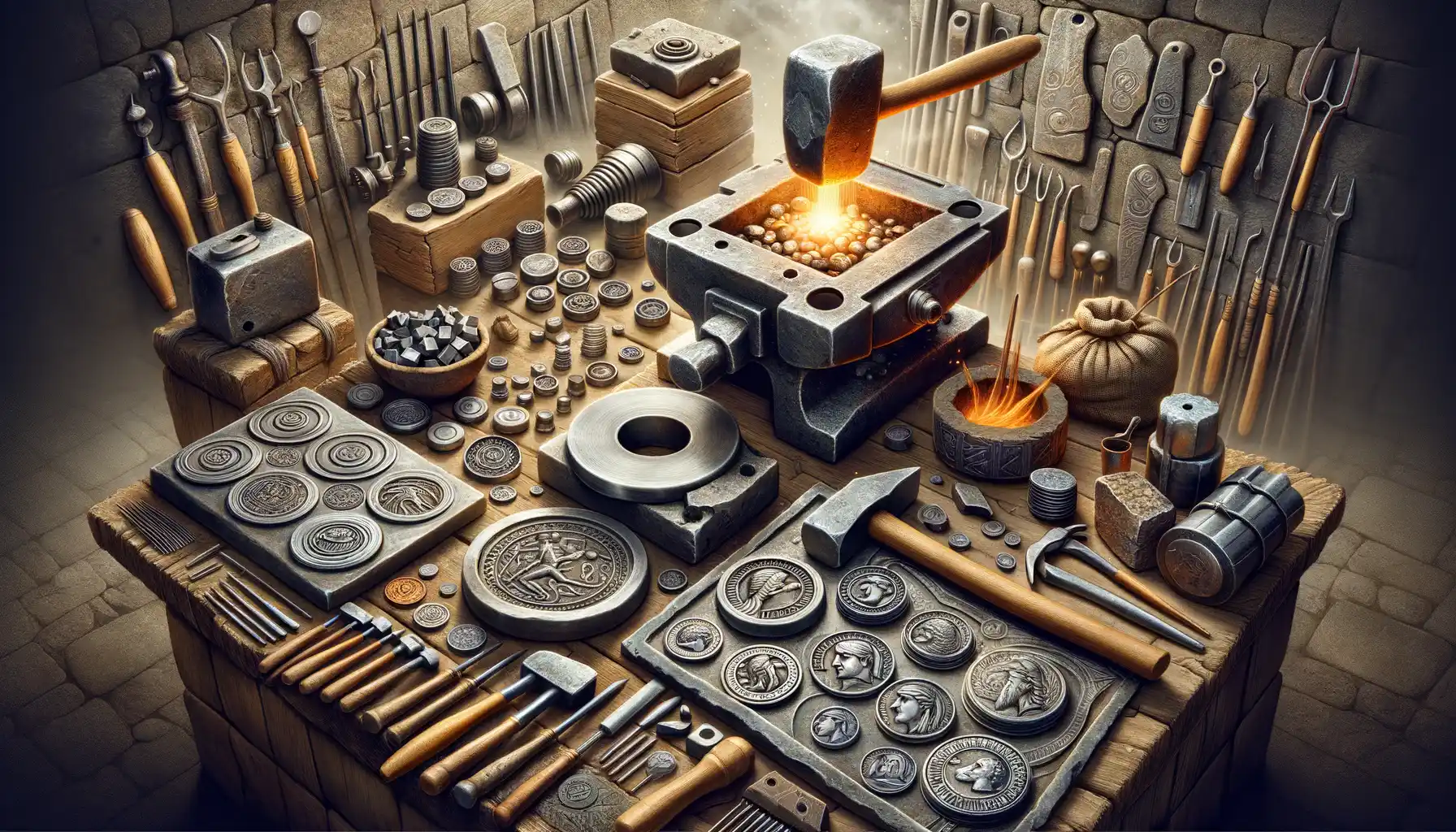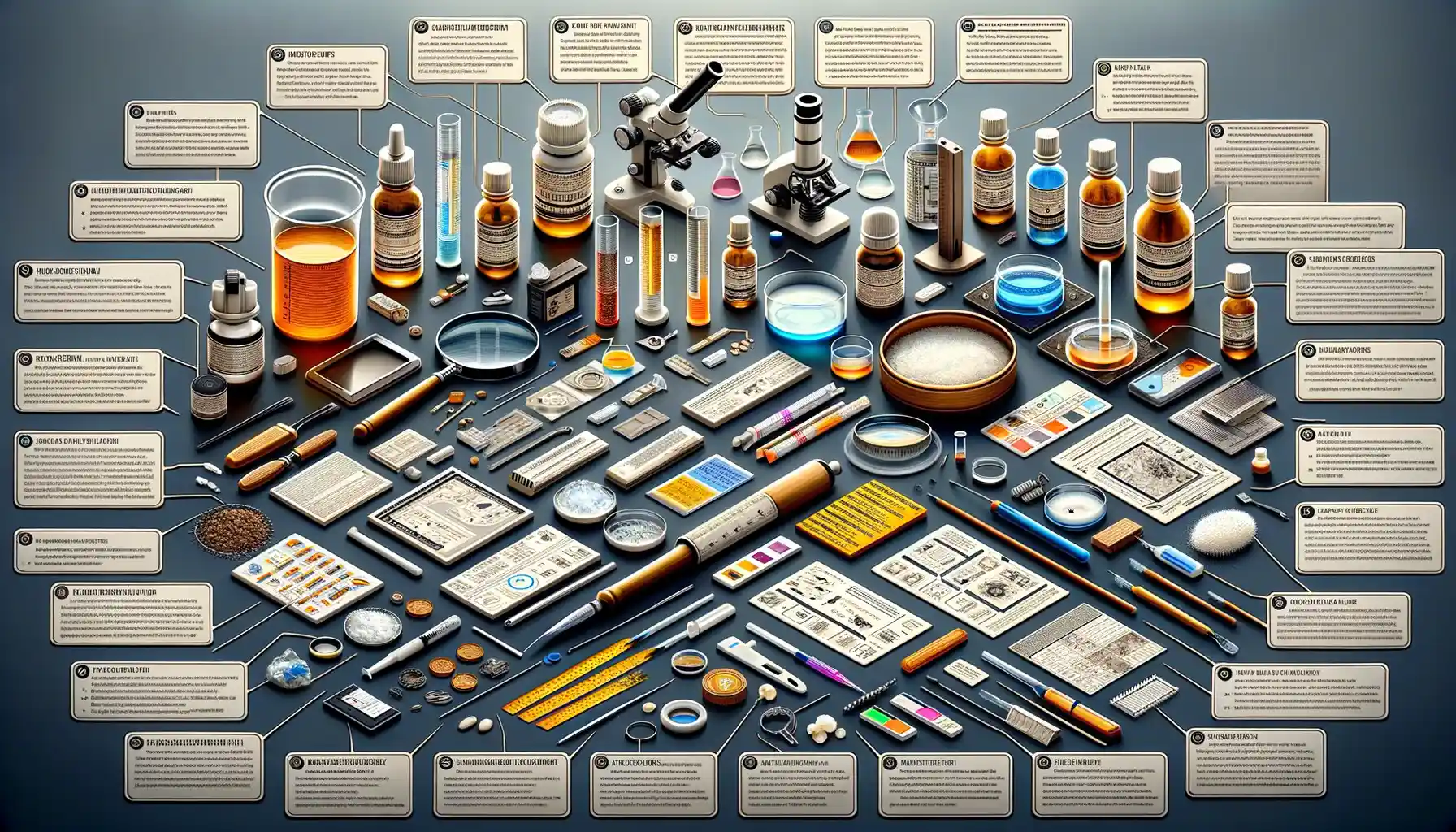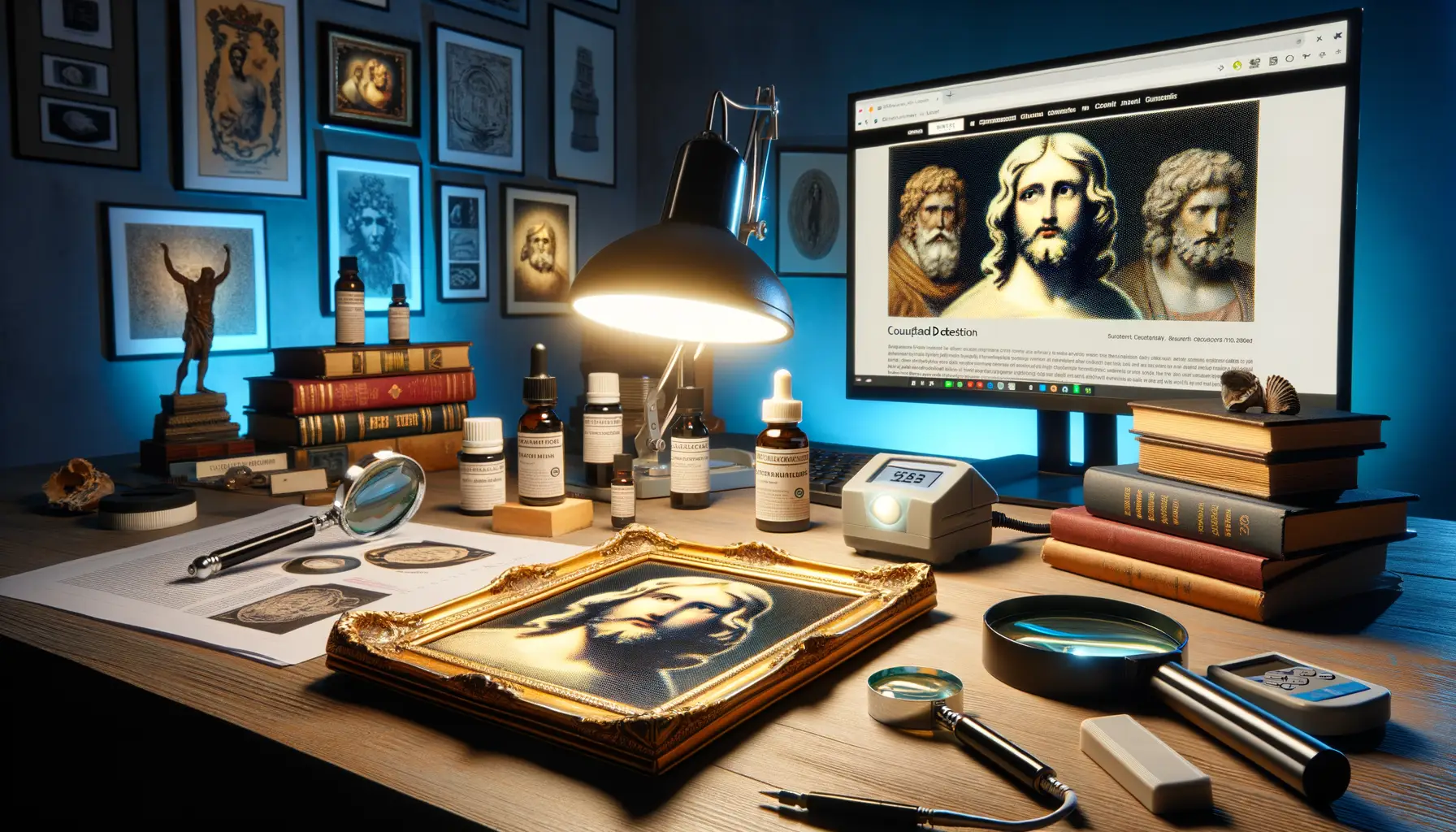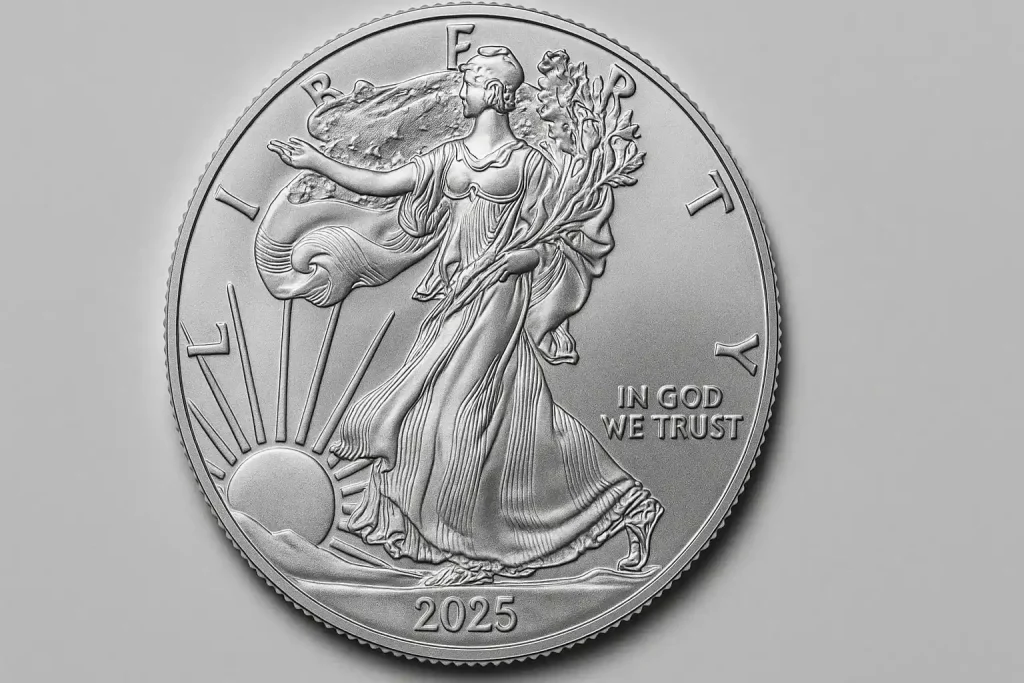Key Characteristics of Authentic Roman Denarii
What Sets Genuine Denarii Apart?
Imagine holding a piece of ancient history, as though whispering secrets from centuries past. That’s the magic of an authentic Roman denarius—but how do you know it’s the real deal? Let’s dive into the telltale signs.
First off, weight and size are your best allies. Authentic denarii typically weigh between 3-4 grams, with a diameter hovering around 18-20mm. If a coin feels suspiciously heavy or oddly light in your hand, listen to your gut—it could be a forgery.
Then there’s the craftsmanship. True Roman coins were struck by hand, which means no two are identical. Look closely: genuine denarii will show subtle variations in design, especially in details like the emperor’s portrait or the lettering on the reverse. A flawless, cookie-cutter look? That’s a red flag waving at you.
Finally, pay attention to their “voice.” Yes, coins have voices! Ancient silver produces a unique, bell-like ring when tapped lightly. Modern replicas often sound dull or muted due to impure metals.
- Check for natural wear—genuine coins often show graceful aging, not forced scratches.
- Study the edges: original denarii display irregular yet intentional strikes, while fakes can appear too smooth or uniform.
Remember, every authentic denarius is a work of art. Treat it like a detective puzzle, and trust your instincts!
Common Techniques Used to Forge Roman Coins

The Art of Mimicking the Ancient: Casting and Striking
If you’ve ever marveled at the artistry of a Roman denarius, you’re not alone. For centuries, forgers have been trying to replicate that magic. One popular method? Casting counterfeit coins. Imagine molten metal poured into a mold, cooling into the shape of an ancient coin. It sounds straightforward, right? But this technique often leaves telltale signs for the trained eye—like tiny bubbles or uneven edges that scream, “I’m fake!”
Another common trick is forgery by striking. This method mimics how authentic coins were created, hammering metal blanks between engraved dies. It’s more sophisticated but also riskier for the forger. Why? Because getting the details just right—like the slight irregularities in hand-struck originals—takes exceptional skill and patience. Often, these imitations fall short, revealing themselves through inconsistent lettering or unnatural wear patterns.
Sneaky Shortcuts: Altering Genuine Coins
Some fakes are even craftier. Forgers may take ancient blanks (or damaged coins) and re-engrave them to resemble rarer, more valuable specimens. Others might plate a base metal core with silver, tricking collectors into believing they hold a solid silver denarius in their hands.
Keep an eye out for these red flags:
- Uneven patinas: Authentic aging doesn’t flake or look overly uniform.
- Underweight coins: Plated forgeries often weigh less than solid silver coins.
- Questionable inscriptions: Weird font styles or misspelled Latin can be major giveaways.
Knowing these tricks won’t just sharpen your skills—it’ll help you connect with the genuine stories these coins carry.
Step-by-Step Guide to Testing for Authenticity

Examine the Coin’s Weight and Dimensions
Hold that ancient silver in your hand—it should feel just right. Authentic Roman denarii aren’t just about the intricate design; they also follow specific weight and size standards. A genuine piece typically weighs between 3 to 4.5 grams and measures around 18-21 mm in diameter.
Grab a reliable digital scale and a caliper. If the coin weighs too little or feels unnaturally thick, it might be time to dig deeper. Some forgers aim to replicate the design but cut corners on these precise details. Remember: even the way the coin sits in your palm can whisper secrets about its past.
Check the Silver Content with Simple Tools
Roman denarii are made from high-purity silver, often over 90%. Want to test without harming your precious find? Try a simple magnet test first—real silver won’t stick. Then, consider an acid testing kit for a definitive answer (but use caution to protect your coin!).
Here’s a quick checklist:
- Use a magnet to confirm non-magnetic properties.
- Inspect for unusual discoloration—greenish tones often indicate a forgery plated with cheaper metals.
Every coin tells a story, and these tests open the door to uncovering its truth.
Tools and Resources for Identifying Counterfeits

Your Digital Arsenal: Must-Have Tools
No collector should navigate the world of ancient coins without a trusty toolkit. Imagine stepping into a battlefield unarmed—that’s what it’s like trying to identify forgeries without the right resources. A few tried-and-true tools will make you feel like a professional archaeologist uncovering history.
Where Knowledge Meets Expertise
Besides hardware, arm yourself with wisdom. Some of the best resources don’t fit in a toolkit! For instance:
Take these tools and resources, combine them with your sharp instincts, and you’re ready to outsmart even the craftiest counterfeiters.
Tips for Collectors to Avoid Purchasing Forgeries

Red Flags You Should Never Ignore
Picture this: you’ve just found what you believe to be a genuine Roman denarius. The seller has a convincing story – “It’s been in my family for decades!” – and the patina looks aged, but something feels… off. Trust that gut feeling! Spotting forgeries often hinges on recognizing subtle warning signs. Here are some key red flags to sharpen your collector instincts:
- Too perfect to be true: Ancient coins weren’t minted with flawless precision. If the surface appears unnaturally smooth or overly detailed, it could be modern fakery.
- Suspicious pricing: A Claudius denarius for $50? Unlikely. Research historical value ranges; if the deal screams “steal,” run the other way.
- Seller’s history: Always check the seller’s reputation. Are there complaints about misrepresentation? Reviews can be gold mines of insight.
Arm Yourself with Knowledge (and Tools!)
A wise collector is a prepared collector. Invest in a reliable digital scale to verify weight (Roman denarii usually fall between 3-4 grams). Pair this with a magnifying glass to inspect edges; cast forgeries often display tiny seam lines. And don’t forget – reputable auction catalogs or online coin archives are your best allies when comparing designs, legends, and wear patterns. Copying history is hard; reality leaves traces counterfeits can’t.






